5 Likes
1 Shares
Yesterday, we went on a trip to #Penzance in #Cornwall. There is a direct #RailwayLine running from here to #London #Paddington. My local station is about half way along this 6-hour route and I've been on the London leg many time and so I thought it would be nice to go to the end of the line in the other direction. There are lots of #RailwayStations with strange names, like #Lostwithiel and #StErth and so it was nice to pass through them on our way.
Looking east along the beach, you can see #StMichaelsMount, which is built on a part-time island, in that it is an island when the tide is in but otherwise you can walk to it over a #causeway. We did that a decade ago. Here are a couple of views with a #ZoomLens (I didn't have space to pack my telephoto lens).


The #town of #Penzance can be seen in the opposite direction.

Parts of the #beach have #grey compacted sand. It's firm and yet soft and when wet it forms a shimmering mirror for the sky.

From the next #headland, you can get a really good view of St Michael's Mount. I think the light conditions here were better too in the early afternoon.

Off the shore, there were several #vessels including this #ship. I'm not sure what its function is but it's certainly for some special purpose.

The #sea appeared #blue or #green depending on the underlying geology.

Here. it even has patches of gold colour looking a bit like those pools into which people drop coins.

The boundary of #Devon and #Cornwall is marked in the south by the #RiverTamar. Across it, there is an old and historic #RailwayBridge called the #RoyalAlbertBridge, which was built in the mid 1800s by #Engineer #IsambardKingdomBrunel, Here, you can see it on the approach on the #train. This was taken using my #Android phone.

Right next to it is the much more modern #RoadBridge, which is a #SuspensionBridge.

9pm and on. Threatening skies: The thunder wresting against being embraced and enclosed by clouds. Western skies clothed in dense grey, as if night and weather were to team up against late daylight. Sitting close to a slightly opened window, breathing the thick warm air, listening to the harsh silence between the houses, almost afraid to even think a bit louder that very moment.
Mittagswolken. Gelegentlich durchbrechendes Licht lässt das Grau noch schwerer erscheinen. Viele Bälle in die Luft geworfen, einige gefangen, einige sind verschwunden. Balance auf einem dünnen Seil, den Hochstapler beständig im Nacken. Das Nebenbüro erfüllen angeregte Diskussionen, bislang ohne Spannungen, aus der Küche klappern Tassen und Teller. Traut man sich auf die Terrasse, spürt man nachdrückliche Kälte, also zieht man sich wieder in die Zimmer zurück, hält sich an warmen Getränken fest und sucht nach einem Einstieg in die nächste größere Aufgabe. (Der Computer hat Mikrophon und Kamera vergessen. Keine Verbindung. Dafür zusätzliche Wege. Und die Freuden von Komplexität.)
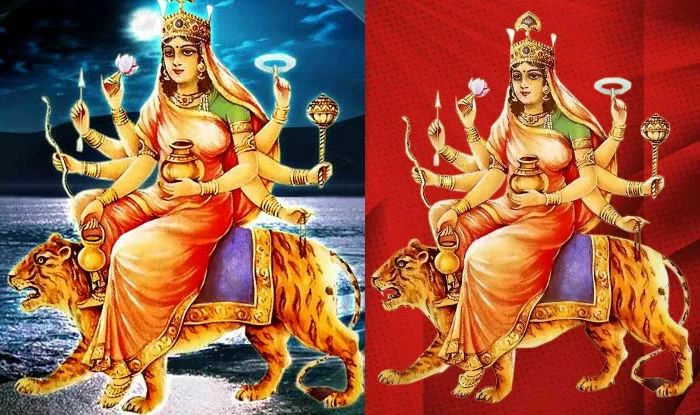
12 April, 2024 Friday Chaturthi #Grey #Kushmanda Puja
The fourth day of the Navratri festival is dedicated to #Goddess Maa Kushmanda, during which the fourth form of the nine incarnations of Goddess #Durga is worshipped. The worship of #Maa-Kushmanda develops intelligence and increases decision-making power in life.
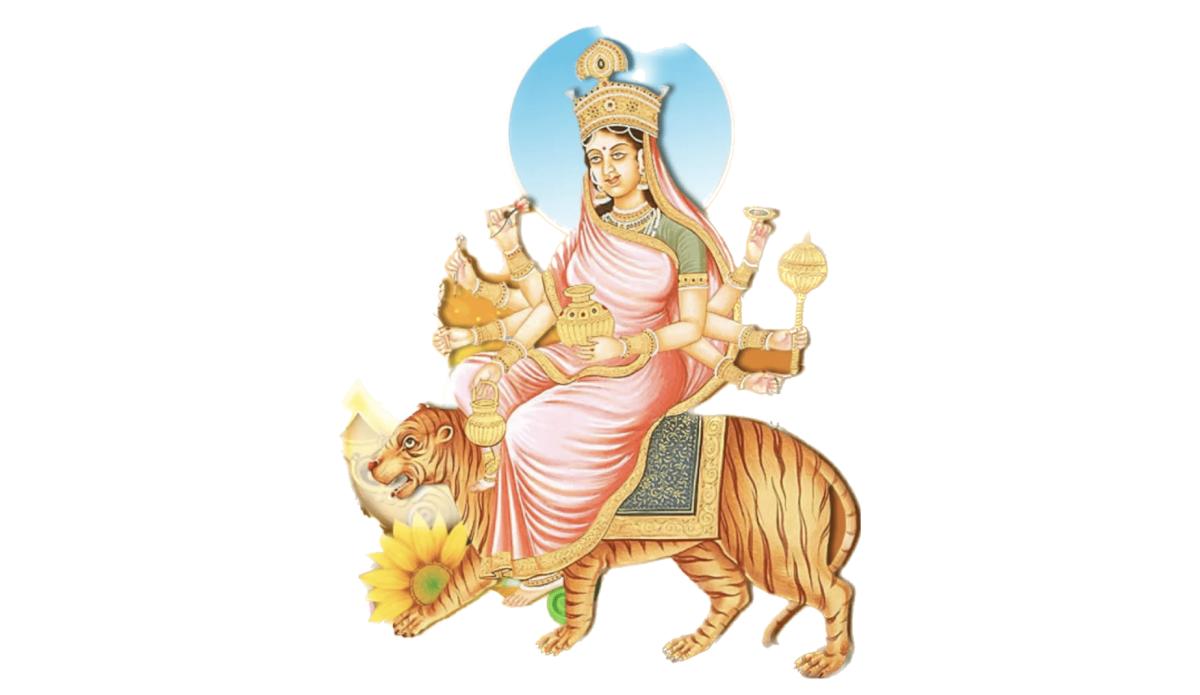
Maa Kushmanda is very fond of the sacrifice of Kumhada कुम्हड़ा फल (Also known as Petha, Ash Gourd or Kumahada) and in Sanskrit, Kumhada is called Kushmanda, that is why this form of Maa Durga is called Kushmanda. It is believed that by worshiping Maa Kushmanda in Navratri, all the diseases, sorrows and fears of the seeker are removed and he gets infinite grace and desired boon of the Goddess.
There are many forms of Goddess Durga, but the form of Maa Kushmanda is among the most striking; she radiates as brightly as the sun.
The mantra of Kushmanda Maa :
Maa Kushmanda resides in the Anahata Chakra so, she is worshipped by meditating in the Anahata Chakra. Through her blessings, her devotees are able to overcome diseases, evil eyes, and grief. She grants fame, strength and longevity to her devotees who chant the following mantras:-
सुरासम्पूर्णकलशं रुधिराप्लुतमेव च। दधाना हस्तपद्माभ्यां कुष्मांडा शुभदास्तु मे। (Surasampurnakalasham Rudhiraplutmev Ch; Dadhana Hastapadmabhayam Kushmanda Shubhadastu ) अमृत से परिपूरित कलश को धारण करने वाली और कमलपुष्प से युक्त तेजोमय मां कूष्मांडा हमें सब कार्यों में शुभदायी सिद्ध हो।
2. या देवी सर्वभूतेषु तुष्टि-रूपेण संस्थिता।
नमस्तस्यै नमस्तस्यै नमस्तस्यै नमो नमः॥
Her #beej #mantra is ॐ ऐं ह्रीं क्लीं कूष्मांडायै नम: । (Om Aim Hreem Klein Kushmandaai Namah).
The story about Maa Kushmanda:
It is believed that the universe began as a dark space and that Goddess Kushmanda produced the Cosmos with her smile from that dark space. Kushmanda is believed to be the #source of direction and energy for the Sun. Kushmanda is believed to be the source of direction and energy for the Sun.
She is known as “Kushmanda,” which is derived from the words Ku (little), Ushma (warmth), and Anda ( #egg), referring to the person who created the universe as a “Little Cosmic Egg” filled with energy and warmth.
She also created Devi #Mahakali, Devi #Mahalaxmi, and #Devi #Mahasaraswati. Maa Kushmanda is also known as Adiswaroopa and #Adishakti.
She has eight arms, she is also known as Ashtabhuja, which means goddess with eight hands. Kamandal, bow, arrow, lotus flower, nectar-filled urn, chakra, and mace are held in each of her seven hands, respectively and in the eighth hand, there is a rosary that grants all siddhis (perfectionism) and prosperity to her devotionalists.
How to pray Maa Kushmanda?
On the fourth day of Navratri, Malpuas (traditional north Indian pancakes made with wheat flour, jaggery or sugar, and cardamom powder) should be offered to Goddess Kushmanda. Offerings of Red bangles, red flowers, and red dress should be made because these are very dear to the Goddess. During the time of Maa Kushmanda’s prayer, devotees should sit in the green asana.
She is the happy manifestation of Maa Durga better known as the “Smiling Goddess”, therefore, Maa Kushmanda is synonymous with happiness. Those who worship Maa Kushmanda are blessed with happiness, prosperity, an abundance of knowledge, good health, and long life. In this form of Durga, darkness is believed to be eradicated from the world by her #smile.
The worshipers of Maa Kushmanda enjoy good vision, mental freedom, and positive social standing.
Moving towards 10am. Juggling a dozen of balls again, bright ones to have some colour in the morning. Also, considering cleaning the home office window, not sure whether day's really as cloudy as it seems. Keeping distance, to get work done, and the model considers this a good strategy too. (Even though it possibly doesn't hurt to check twice who to agree with.)
#outerworld #home_office_hours #where_we_do_what_we_do #grey_skies
5pm and on. The ambiguities of long distance calls. Emphasizing its both aspects. Too, the challenges of finding appropriate words of welcome across many time zones. And trying to agree on a shared reality with one half of the call considering breakfast while the other's getting slowly ready for dusk. (Day went by without sun, but so did the rain. Head in air, trying to catch some wind.)
10am and on. Summing up the morning, filing notes, adding more coffee and cautiously pondering next steps. Priorities are still a bit fuzzy, but the pile of aspects to consider seems shrinking. (Too, the sky turns a tad lighter. Less rain. Temporarily hypnotized by moving trees again.)
#outerworld #home_office_hours #where_we_do_what_we_do #grey_skies
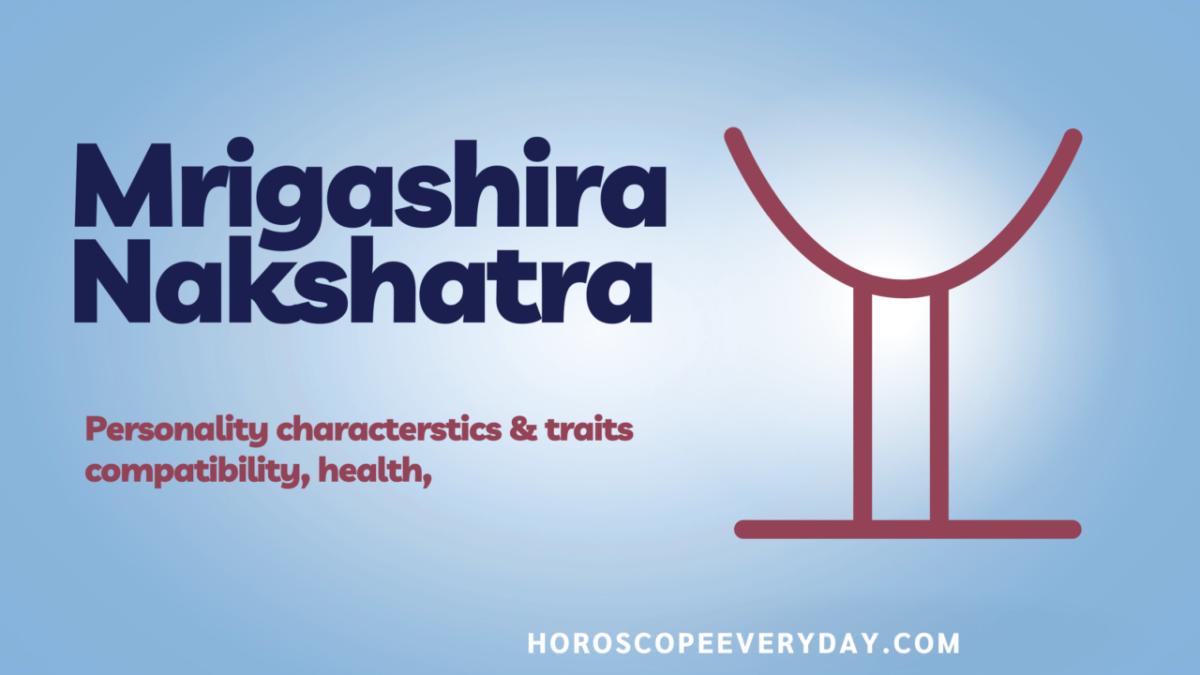
#Mrigashira #Nakshatra Imagine a scenario where you’re deep in a lush forest, and you suddenly spot a magnificent deer. Its gaze locks onto yours, and just as quickly, it gracefully disappears from view. This is the essence of Mrigashira. They’re like those elusive, golden deer, captivating and enchanting as they roam in mysterious realms. Their nature often revolves around the concept of pursuit. Whether they’re chasing something or leading you on a chase, the theme of ‘chase’ is inherent to Mrigashira individuals.
They will pique your curiosity, leaving you intrigued, but they can never be held onto, much like a dream that fades into the realm of fantasy when you wake up. Mrigashira embodies imagination, fantasy, the quest for the intangible, and the pursuit of ultimate happiness. Some are fortunate enough to possess these traits, while others may never experience them.
The qualities of Mrigashira encourage people to dream and actively pursue those dreams. They teach us to transform our dreams into reality through hard work and dedication. Additionally, Mrigashira underscores the importance of distinguishing between mere fantasy and taking concrete actions to bring those dreams to life.
For someone starting as an underdog, fantasy could entail achieving exceptional educational or professional recognition or becoming a globally acclaimed speaker. However, the reality involves putting in the effort to make those dreams a reality, ultimately becoming the underdog who achieves greatness Mrigashira Nakshatra.
Take, for instance, a person considered ‘ordinary’ who later evolves into a fashion icon like Prada. Or consider a resident of a slum who miraculously earns a scholarship to study at Oxford. Mrigashira, as a constellation, serves as an inspirational force, urging individuals to chase their dreams Mrigashira Nakshatra.
These dreams could range from inventing something groundbreaking, like the light bulb, to creating mobile homes that can function underwater, such as submarines. Mrigashira tests your ability to envision the extraordinary and then work towards making it a tangible reality Mrigashira Nakshatra.
Translation: Deer head
Zodiac: Taurus & Gemini
Diety: #Soma -God of #immortality
Nature: The soft mild and tender ( #Mridu)
Gana: #Devata Gana (Lord Like)
Mode: #Passive
Constellation: 4
Body VarahaMihira: #Eyes
Body Parashara: Nose
Number: 5
Letter: Ve, Vo, Ka, Kee
Lucky letters: V & K
Lucky Stone: #Coral
Lucky Numbers: 9
Element: #Earth
Dosh: #Pitta
Bird Name: #Hen
Yoni/Animal Symbol: #Female #Serpent ( #Sarpa)
Tree: #Khadira
4pm and on. Dropping the virtual hammer at least for now. Dissatisfied with everything taking longer than expected, longer than estimated today. Short break while the systems do their thinking. Searching for fresh air in wet gardens, tracking animal footprints, listening to the rain on the still-brown meadows. (And somehow waiting for spring or snow.)
Close to 5pm. Still in between. Or again. Not sure. One coffee for the road. Expecting to see snow in the trees soon again. (And still and always feeling changes of place and subsequently change of routine as confusing and in many ways challenging, without really knowing why.)
#outerworld #grey_skies #on_the_road #the_village_and_the_hills
11am and on. Fast hours, fast breath, little space in between. Raising head, once in a while, to peek out of the coffe-driven flow and enjoy the grey iciness of the outside world. Miles to go, steps to take, still not there for today.
#outerworld #home_office_hours #the_flow_the_flow #where_we_do_what_we_do #grey_skies
#home office hours #the flow the flow #where we do what we do #grey skies
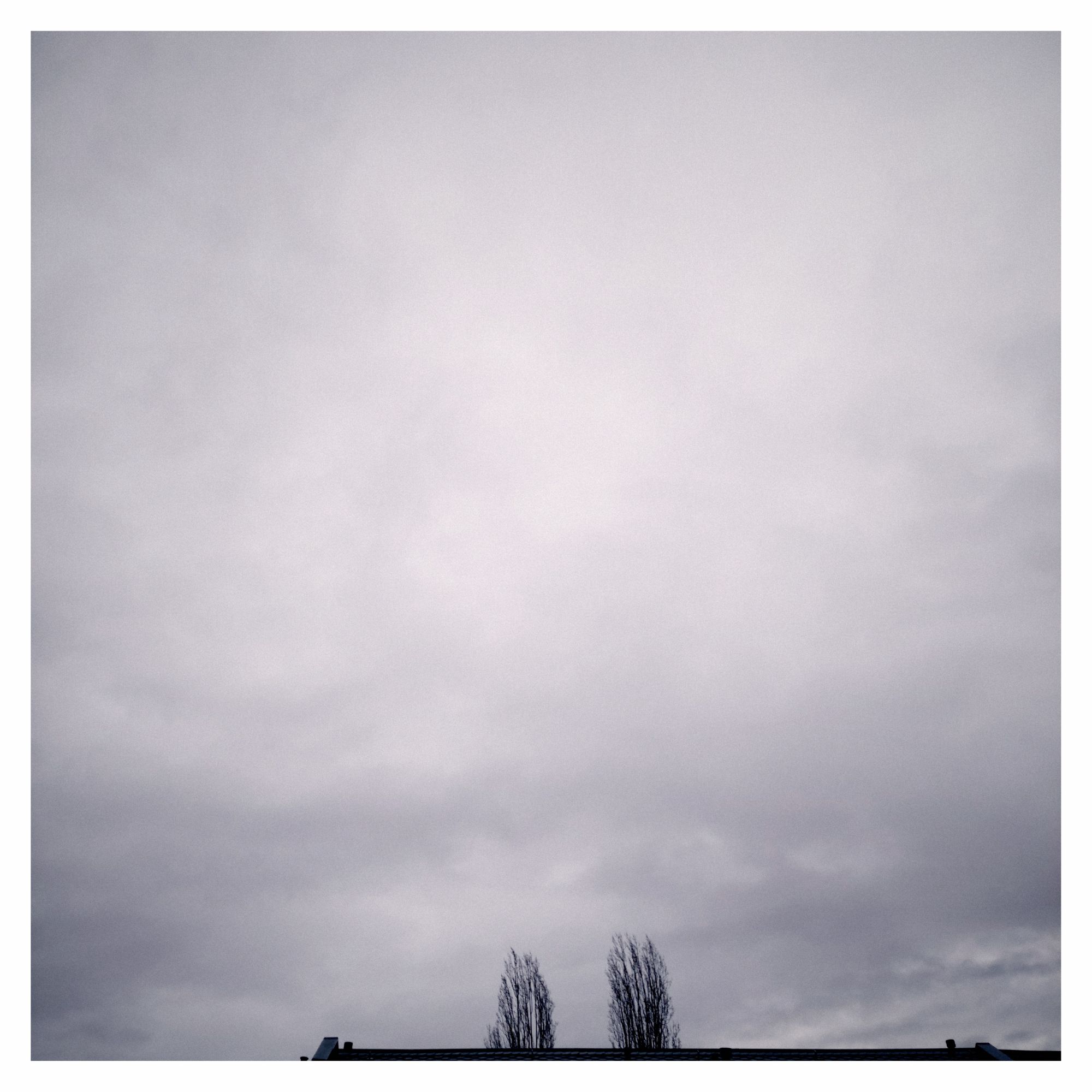
Afternoon: Mostly grey, more structure on the borders than in the center. Some hints of the blue above, some traces of light, and some rain. // 366skies
#366skies #smartphonephotography #dresden #grey_skies
#grey skies
10am and on. Diving through the few calls this day is supposed to bring. Tech people talking to tech people trying to solve problems, knowing each one knows just half of it, so most of the time is lost to figuring out which half this actually might be. Maybe, in these cases, taking a short walk together (and failing together) is the best that could be done to get somewhere.
#outerworld #home_office_hours #grey_skies #where_we_do_what_we_do
#Happy #Navaratri Day 7 – #Saturn
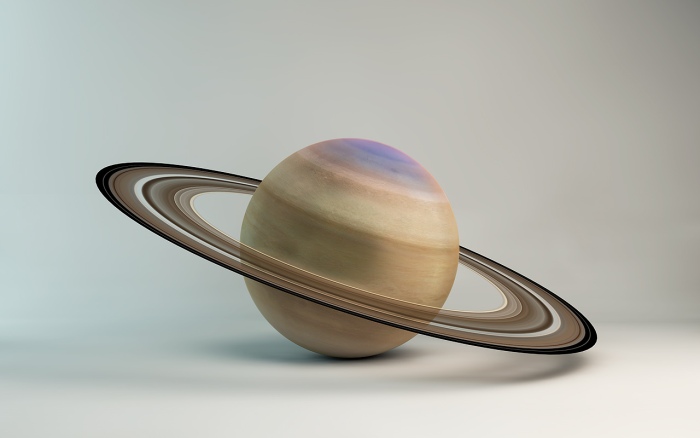
As the nine nights represent the nine planets, we will be focussing on Navaratri and the nine planets with an account of one or another the planets for nine nights. For the seventh night of Navaratri, we will take the planet #Saturn. The colour for the seventh day of Navaratri is grey, so we scribe in #GREY for this seventh day observance of Navaratri. The #Goddess is #Kalaratri.

Today is the seventh day of the Navaratri celebrations which are held for nine nights. All festivals are meant to remind mankind that they should cultivate noble qualities by engaging themselves in activities beneficial to one’s own self and society. Sai Baba made this reference to Navaratri and the Nine Planets:
As part of Navaratri celebrations, people worship different forms of divinity. You should develop sacred feelings and experience divinity. What is the inner meaning of Navaratri celebrations? These nine nights represent nine planets. Each planet has its own significance. However, these planets are not outside, they are within. If your feelings are impure and unsacred, the result also will be the same. You are responsible for the good and bad you think and experience.
Saturn
Many consider Saturn as terrifying among the planets! It is said that all beings fear him for he rules bereavements and misfortunes. He is master of sudden reversals, so thorough that one’s name may well be forgotten among the annals of mortals. His gaze (drishti) is directed downwards for it is utterly destructive. There is a tale of Parvathi wanting a new abode in Kailash, and when Shiva (finally) granted the wish for an abode, Lord Brahma demurred and told, “Not wise, not wise!”, for he could sense the gaze (drishti) of Saturn would bring matters to grief. Shiva went to ask Saturn/Shani to avert his gaze from the new house. To cut a long story short, there was misunderstanding of the signals, Shiva beat his drum (dhamaru) (because he was doing the Tandava dance for Saturn), Parvati misunderstood the message and burned the house down. The moral of the story is that none may escape the drishti of Saturn.
Lord of the sinews, the West and Saturdays, his constellations are Capricorn (Makara) and Aquarius (Kumbh). He is Lord of three Nakshatras, Pushya, Anuraada and Uttara Bhadri. He is also known as the Slow, the Son of the Shadow, the Angular, the Black, the Endless, the End-Causer, the All-Devouring, the Steady, the Controller, the Famished, the Emaciated. His name in Sanskrit is Shanicharaya, “the slow-moving preceptor, the teacher who moves slowly”. Saturn has the slowest movement among the visible planets.
Traditional matters associated with Saturn are disease, death and the dying process – all of these are human and inescapable – the cause of death is birth. One of the main tasks of Saturn/Shani is said to be the cause of disenchantment – and therefore detachment from the ephemera, the fleeting, pointless, meaningless distractions and prattle of life.
Goddess Kalaratri
Goddess Kalaratri, also known as Mother #Kaali, is the seventh form of Goddess #Durga. Devotees worship her on the seventh day of Navaratri. They seek her blessings to eliminate all troubles from their lives.
This form of Durga is believed to destroy all demons, ghosts and negative energies. She is also believed to be the destroyer of time and death. Although, intimidating in appearance, Goddess Kalaratri is benevolent towards all worshipers.
There are many mythological stories that tell us about the transformation of Goddess Durga into Goddess Kalaratri. According to the most common legend, two demons Shumbha and Nishumbha invaded and defeated the realm of demigods. The demigods prayed to Goddess Parvati for help. Parvati readily transformed herself into Goddess Chandika, to battle with demons on behalf of all devas (gods). Goddess Chandika (also known as Chamunda) transformed herself into Goddess Kalaratri and killed both these demons. Goddess Kalaratri fought another demon called Raktveej and kept drinking his blood till he was completely dead, causing her tongue to appear blood-red.
Her vehicle is the #donkey; she has four arms and a blood-red tongue. Goddess Kalaratri is generally portrayed in a dark colour (usually dark blue) and appears to be somewhat wild-looking and threatening. Two arms are holding sabre and lance for slicing off heads; her other arms are held up on abhaya (protection) and varada (blessings, boons) for her devotees.
Saturn and the Feminine
When we look to Saturn we think duty, discipline, responsibility, doing things slowly and getting them right and advancing in life, slowly, carefully. Consider that these are activities Mothers, wives and sisters impart to us as we journey through life. Love that is given by the feminine principle is bounded by discipline and responsibility and considers the long term goal: true humanness. True humanness is a life informed by life-enhancing values, feelings, thoughts and behaviour. Therefore mothers – and all who embody the feminine – take up their task with duty, discipline and responsibility. This love is not dependent on like nor dislike, giving and receiving. The love that the feminine gives – informed by the qualities and and energy that Saturn gives – sees beyond like and dislike, differences between things and focuses on the end goal. True humanness, which forges new higher expressions of life even in the midst of life’s seeming dissolution.
Significance of Navaratri
“The Navaratri festival should not be observed as a festival for worshipping the consorts of Vishnu, Shiva and Brahma. These goddesses symbolise divine potencies. All these potencies are derived from Vishnu. The entire cosmos is a manifestation of the myriad forms of Vishnu. People must recognise this oneness underlying the different forms. All beings breathe the same air as their life-breath. Likewise all the five basic elements are the stuff of nature. But in the Para-Tattwa (the Supreme Principle, the Divine), these do not exist. The elements are mortal. The Divine is immortal. To proceed from the mortal to the immortal, the easiest means is the cultivation of the Divine Love (Prema).
The heart is like a sky wherein the clouds in the form of thoughts hide the Buddhi (the intellect) and the mind representing the sun and the moon. Vairagya (detachment) is the means to get rid of thoughts and desires arising from them. The Devi Puja performed during Navaratri is intended to get rid of worldly attachments and divert the mind toward God. There are four different qualities in man: humanness, the animal nature, demonic nature, and divine nature. When man follows the dictates of the body, he is a prey to his animal nature. When he is subject to the vagaries of the mind, he becomes demonic. When he is following the Atma (conscience), he is manifesting his divinity. When he is governed by all the three- the body, the mind and the Atma, he is human”. Sai Baba, SS, 12/92, p. 305
Schließlich, Sonntagmorgen: Stunden langen Halbschlafes. Unter dem offenen Fenster liegen, den frühen Geschichten des Brunnens lauschen und in Wolkengrau starren. Sonne meidet das Dorf auch heute, der Himmel ist strukturlos von Horizont zu Horizont, die Augen haben keinen Halt in diesem trüben Meer. Dann rufen Kirchglocken in den Tag, gegenüber kräht ein Hahn, und langsam findet die Seele aus der Nacht zurück. Jetzt also: In die Senkrechte finden. Sein frühes Spiegelselbst ertragen. Erster Kaffee. Genügend Plan und Orientierung für den Moment. Habt es mild heute!